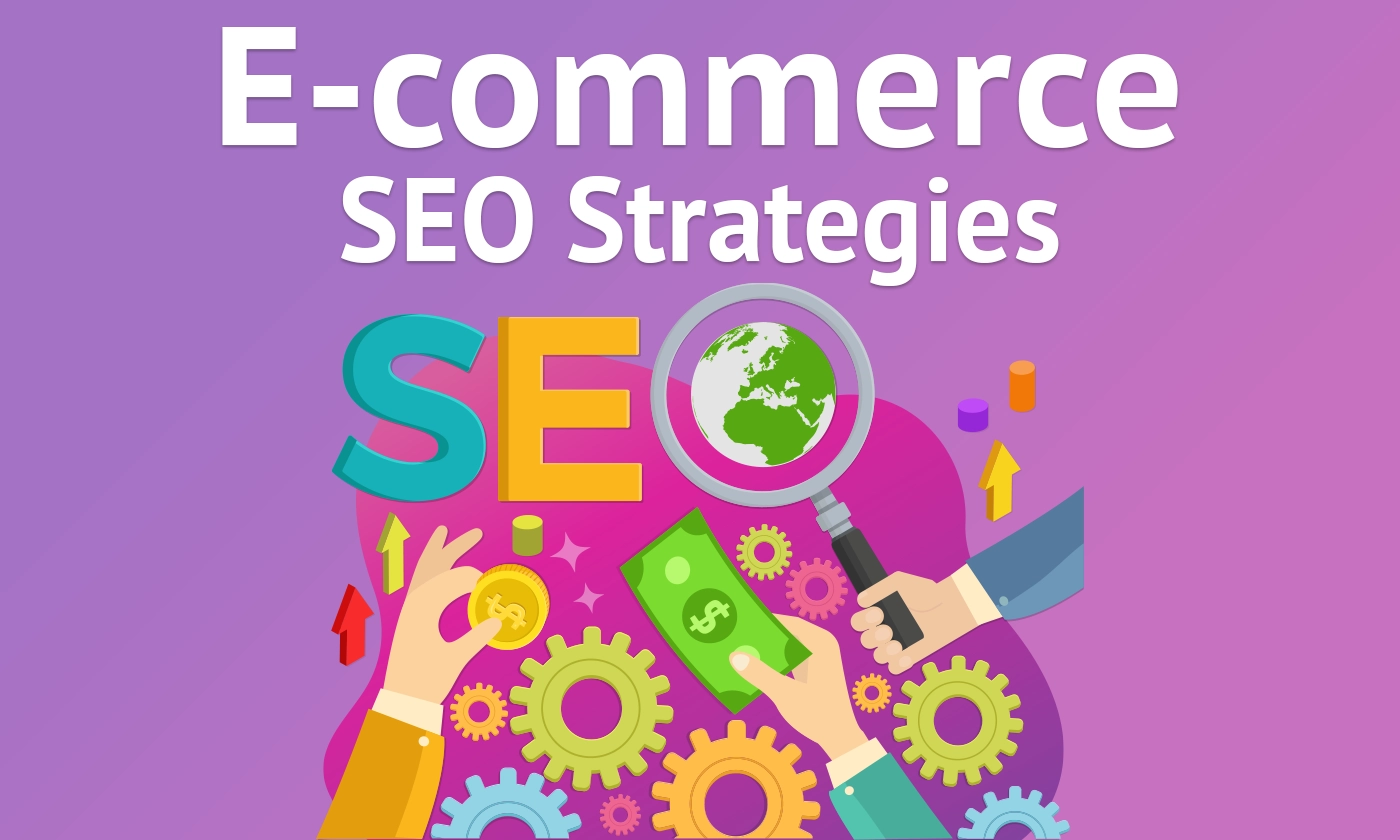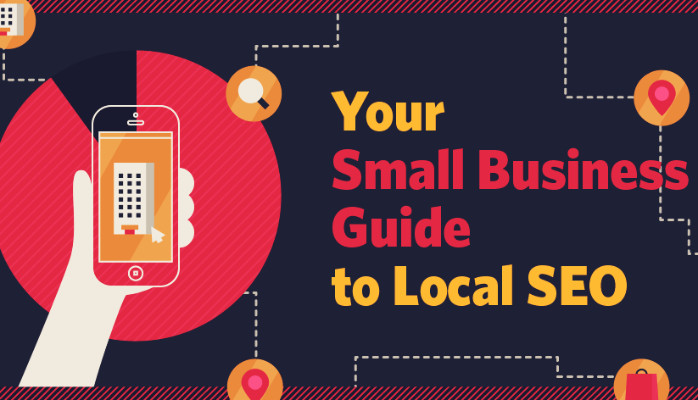In the competitive world of e-commerce, a well-defined SEO content strategy is critical to attracting organic traffic, boosting sales, and gaining an edge over your competitors.
An effective SEO content strategy focuses on creating valuable, optimized content that aligns with search intent, improves rankings, and enhances user experience.
Below is a comprehensive guide on how to develop and execute a successful e-commerce SEO content strategy.
1. Start with Comprehensive Keyword Research
Keyword research is the foundation of any SEO strategy. For e-commerce, it’s essential to target commercial keywords—those that indicate strong purchase intent—as well as informational keywords to attract a broader audience at different stages of the buyer’s journey.
Actionable Steps:
- Use tools like Ahrefs, SEMrush, or Google Keyword Planner to identify primary, secondary, and long-tail keywords.
- Focus on buyer intent keywords (e.g., “buy running shoes online,” “best running shoes for flat feet”).
- Identify informational keywords (e.g., “how to choose running shoes”) for creating blog or educational content.
- Segment keywords by product categories, types, or specific user needs to build a keyword-rich content structure.
Example:
For an e-commerce store selling fitness equipment, target keywords like:
- Commercial: “buy adjustable dumbbells,” “best price for home gym equipment”
- Informational: “how to set up a home gym,” “best exercises with dumbbells”
2. Create Optimized Product Pages
Your product pages are the heart of your e-commerce site. Optimizing them for search engines and users is essential for driving traffic and converting visitors into customers.
Key Elements to Optimize:
- Product Titles: Include the primary keyword and make it descriptive. For example, “Premium Adjustable Dumbbells – 20kg” instead of “Adjustable Dumbbells.”
- Product Descriptions: Write unique, engaging product descriptions that highlight key features, benefits, and solve the customer’s pain points. Use the primary keyword naturally within the first 100 words.
- Images: Optimize images by using descriptive filenames and alt text (e.g., “20kg-adjustable-dumbbells.jpg”). Compress images to improve page load speed.
- User Reviews: Incorporate customer reviews for fresh, user-generated content, which can help rankings and improve social proof.
Example Product Description:
“These 20kg adjustable dumbbells are perfect for both beginners and fitness enthusiasts. With easy-to-change plates, you can customize your workout intensity, saving space and time. Ideal for strength training at home, these dumbbells provide the versatility you need to build muscle and tone.”
3. Build a Content-Rich Blog
A blog is a powerful tool in your e-commerce SEO content strategy. It allows you to target informational keywords, build brand authority, and nurture potential customers at the research stage of their journey.
Blog Content Ideas:
- Product Guides: Help your audience make informed purchasing decisions by offering in-depth buying guides (e.g., “The Ultimate Guide to Choosing the Best Running Shoes”).
- How-To Articles: Create valuable how-to content that showcases how to use your products (e.g., “How to Set Up Your Home Gym with Minimal Equipment”).
- Product Comparisons and Reviews: Write detailed comparisons of similar products to help users make informed decisions (e.g., “Adjustable Dumbbells vs Fixed Weight Dumbbells: Which Is Best for You?”).
- Seasonal Content: Focus on seasonal trends, holidays, or promotions (e.g., “Top 10 Fitness Gifts for the Holiday Season”).
Blogging Best Practices:
- Target long-tail keywords that address specific questions or needs.
- Include internal links to product pages and relevant category pages.
- Incorporate rich media such as images, infographics, and videos to make content more engaging.
- Write search-intent-focused content that addresses user pain points or interests.
4. Optimize Category Pages
Category pages often serve as hubs for search engines to understand your website’s structure and relevance. Optimizing them can help improve rankings and user experience.
Best Practices for Category Page Optimization:
- Keyword-Rich Title Tags and Meta Descriptions: Use your primary keyword in the title and meta description while keeping it natural and enticing.
- Introductory Content: Write a short, keyword-optimized introduction at the top of each category page that explains what users can find in that section. Include the primary keyword in the first paragraph.
- Faceted Navigation: Ensure your faceted navigation is optimized for SEO. Use canonical tags or noindex certain pages to avoid duplicate content issues.
- Internal Linking: Link to subcategories or popular product pages within the category page.
Example Introductory Content for a “Men’s Running Shoes” Category:
“Shop our wide range of men’s running shoes, designed for comfort and performance. Whether you’re looking for trail running shoes, lightweight road runners, or stability shoes for long-distance runs, we have you covered. Find the best brands at unbeatable prices.”
5. Leverage User-Generated Content (UGC)
User-generated content (UGC) not only builds trust with potential customers but also provides fresh, SEO-friendly content that can boost your rankings. Reviews, testimonials, and user-submitted photos all contribute to the visibility of your product pages.
How to Encourage UGC:
- Product Reviews: Offer incentives like discounts for customers to leave reviews.
- Photo Uploads: Encourage users to share photos of your products in action on your website or social media, and showcase these on product pages.
- Q&A Sections: Include a Q&A section where customers can ask questions and other customers or your team can answer.
6. Implement Structured Data (Schema Markup)
Structured data helps search engines understand your content and display it as rich snippets in search results. By using schema markup, you can showcase product details such as pricing, availability, reviews, and more.
Types of Schema Markup for E-commerce:
- Product Schema: Highlight the product’s name, price, brand, and availability.
- Review Schema: Show customer ratings and reviews in SERPs, which can enhance CTR.
- Breadcrumb Schema: Help search engines and users navigate your website structure more easily.
By implementing schema markup, you increase the likelihood of appearing in Google’s rich results, which can significantly improve visibility and drive more traffic to your store.
7. Optimize for Mobile SEO
With the rise of mobile commerce, ensuring your website is fully optimized for mobile devices is critical for e-commerce success. Google’s mobile-first indexing means that your site’s mobile version is what Google uses to determine rankings.
Mobile SEO Best Practices:
- Use a responsive design to ensure your site adjusts to any screen size.
- Improve mobile page load speed by optimizing images and using browser caching.
- Ensure that buttons, text, and navigation elements are touch-friendly and easy to use on smaller screens.
- Focus on mobile user experience by simplifying the checkout process and reducing form fields.
8. Build High-Quality Backlinks
Backlinks are still one of the most important ranking factors. For e-commerce websites, building a strong backlink profile can boost your domain authority and improve your rankings for competitive keywords.
Effective Link-Building Tactics:
- Influencer Partnerships: Collaborate with influencers in your niche who can review your products or link to your product pages from their blogs or social media.
- Guest Posting: Write guest posts for high-authority sites in your industry and include links back to your product or category pages.
- Digital PR: Use press releases or product launches to generate buzz and acquire backlinks from news websites, magazines, and blogs.
- Content Promotion: Promote your blog content or product guides through social media, email outreach, or content-sharing platforms to gain more visibility and potential backlinks.
9. Monitor and Optimize Performance
SEO is an ongoing process, and tracking the performance of your e-commerce content strategy is critical for long-term success.
Key Metrics to Monitor:
- Organic traffic: Monitor overall traffic growth from search engines and assess which pages drive the most traffic.
- Keyword rankings: Track the rankings of your target keywords and make adjustments where needed.
- Conversion rate: Measure the conversion rate for product and category pages to see how well they are performing.
- Bounce rate and time on page: Analyze user engagement metrics to determine if visitors are finding your content useful.
Use tools like Google Analytics and Google Search Console to gather insights, and continually optimize your pages based on performance data.
Conclusion
A robust e-commerce SEO content strategy is essential for driving organic traffic, improving search engine rankings, and increasing sales.
By focusing on keyword research, optimizing product and category pages, creating valuable blog content, and enhancing mobile performance, you can build a strategy that delivers long-term results.
Remember, SEO is an ongoing process, so keep analyzing and adjusting your approach to stay competitive in the e-commerce market.




